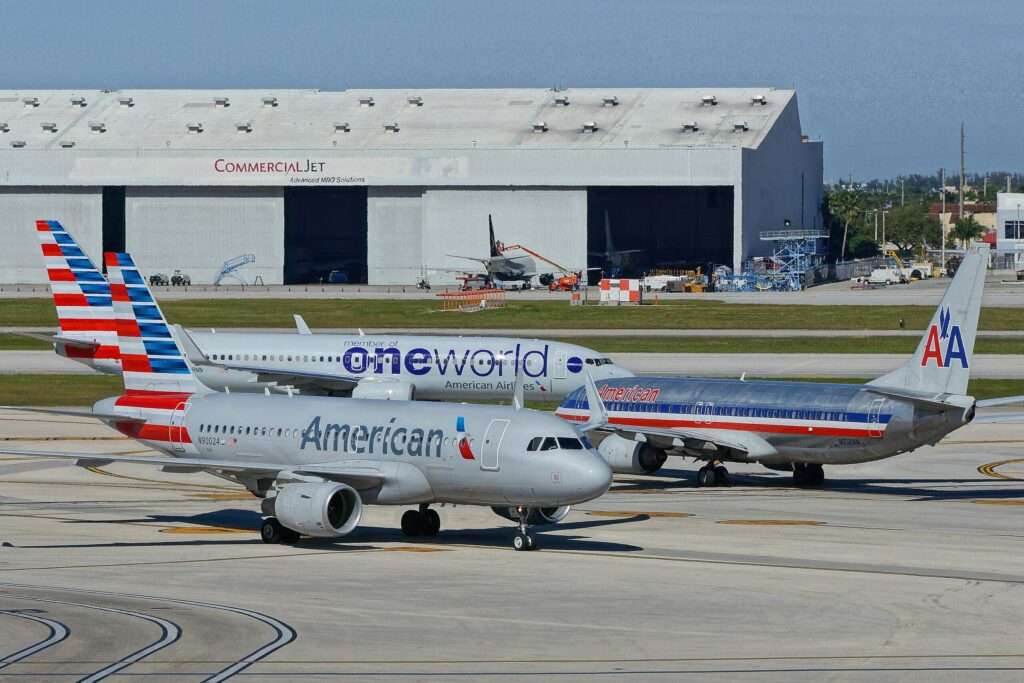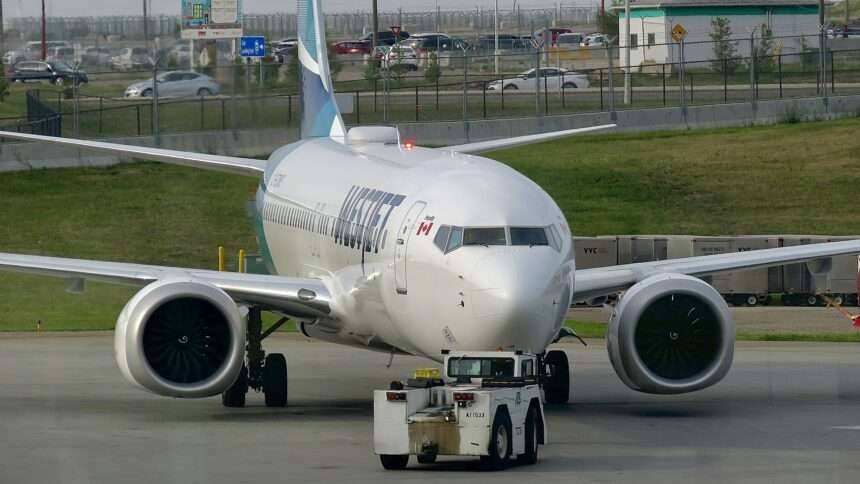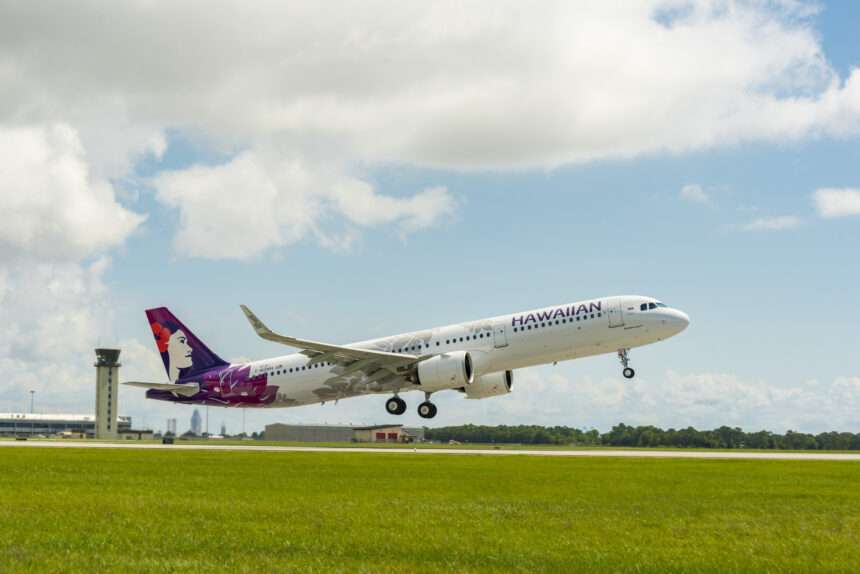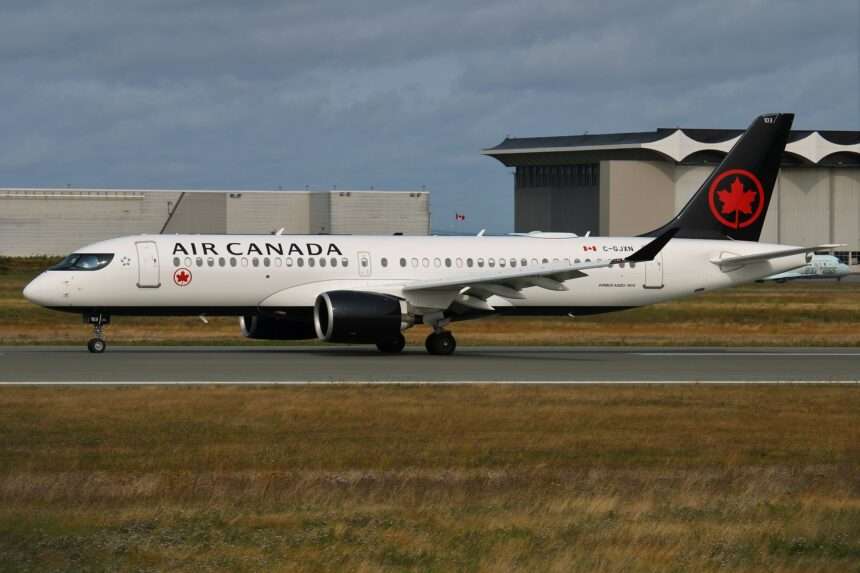Miami International Airport (MIA), a bustling hub for international travel, boasts a rich history intertwined with the evolution of commercial aviation.
Its journey began with a single airline and a vision for connecting the Americas, eventually blossoming into a global powerhouse.
Let’s explore the fascinating story of MIA, from its humble beginnings as a Pan American World Airways base to its current status as a major player in the global travel scene.
Taking Off: The Pan Am Era (1928-1940s)
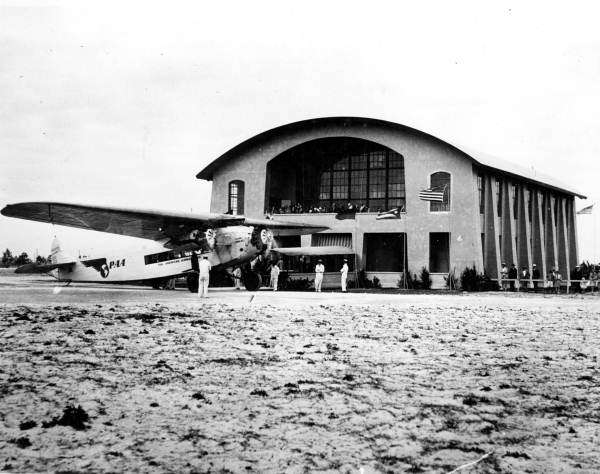
MIA’s roots trace back to 1928 when Pan American World Airways (Pan Am) established Pan American Field on the northern edge of the present-day airport property.
This move came after Pan Am outgrew its seaplane base in Dinner Key.
The new facility, situated on 116 acres of land, boasted a terminal designed by renowned architect Luis Morales – a pioneering example of modern airport architecture that sadly no longer exists.
Notably, Pan American Field became the only mainland airport in the eastern United States with port of entry facilities, making it a crucial hub for travel to and from Latin America.
Pan Am’s dominance attracted other airlines.
Furthermore, Eastern Air Lines began serving Pan American Field in 1931, followed by National Airlines in 1936.
This period witnessed a surge in passenger traffic, solidifying Miami’s position as a vital link in the burgeoning air travel network.
World War II and Post-War Growth (1940s-1950s)
World War II significantly impacted MIA. The City of Miami established a Port Authority in 1945 and acquired Pan American Field, then renamed 36th Street Airport, from Pan Am.
However, the airport also saw a period of expansion.
In 1949, it merged with the former Miami Army Airfield located south of a railroad line that separated the two facilities.
Furthermore, this merger, along with the relocation of the railroad tracks in 1951, provided much-needed space for future development.
The post-war era witnessed a boom in commercial aviation, and MIA was well-positioned to capitalize on this growth.
The 1950s saw the construction of a new, state-of-the-art passenger terminal, replacing the original Pan Am terminal.
This new terminal, the largest centralized terminal in the world at the time, showcased Miami’s ambition to become a major international airport.
The Jet Age and Global Expansion (1960s-1990s)
The arrival of the jet age in the 1960s further propelled MIA’s growth.
New airlines joined the scene, offering faster and more efficient travel, leading to a surge in passenger numbers.
MIA continued to expand, adding concourses, parking facilities, and cargo infrastructure.
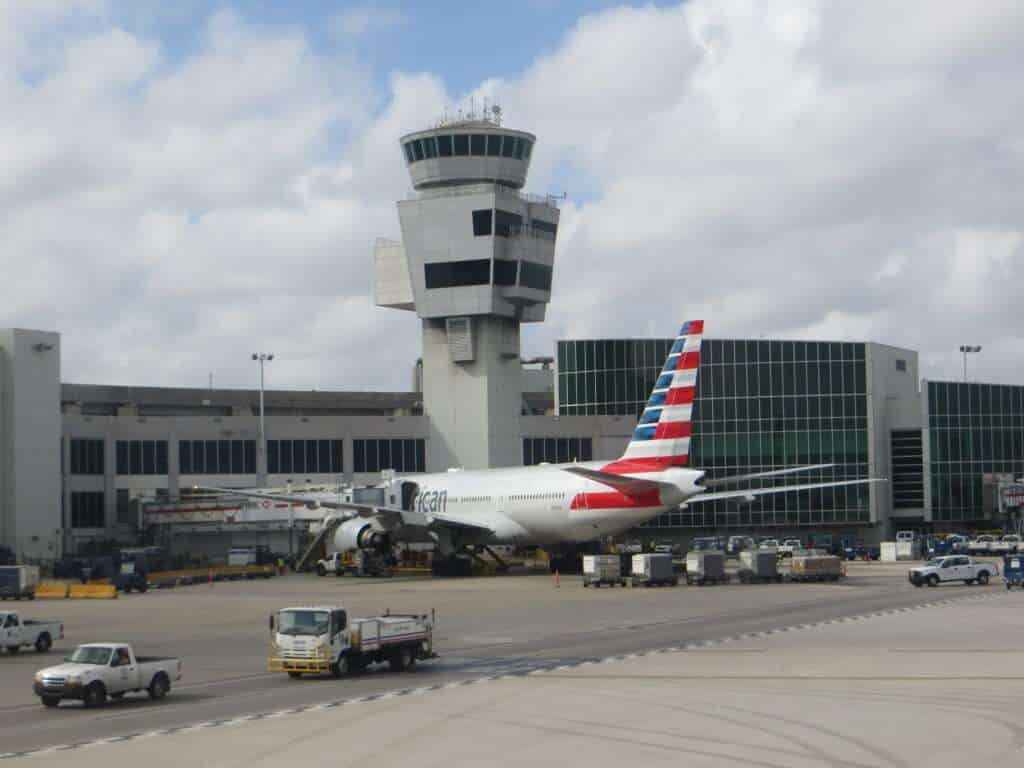
This period also saw the rise of Miami as a popular tourist destination, and MIA became a crucial gateway for visitors from around the world.
Furthermore, by the 1980s and 1990s, MIA had established itself as a dominant force in international air travel.
It served as a connecting hub for flights to Latin America, the Caribbean, and Europe.
The airport continued to modernize its facilities to accommodate the ever-increasing traffic, solidifying its position as a global gateway.
The 21st Century: Innovation and Resilience at Miami International Airport (2000-Present)

The 21st century has brought new challenges and opportunities for MIA.
The events of 9/11 necessitated stricter security measures, and the airport implemented significant upgrades to ensure passenger safety.
Additionally, MIA has embraced technological advancements, incorporating self-service kiosks, automated baggage handling systems, and improved passenger information systems.
MIA has also demonstrated resilience in the face of economic downturns and natural disasters.
It has played a crucial role in recovery efforts following hurricanes and continues to be a vital economic engine for the Miami region.
Looking ahead, MIA is committed to sustainability initiatives.
It has implemented green building practices, invested in renewable energy sources, and adopted eco-friendly technologies to minimize its environmental impact.
Today, Miami International Airport stands as a testament to the power of innovation and adaptation.
From its humble beginnings as a Pan Am base to its current status as a global hub, MIA’s story reflects the evolution of the aviation industry and the city of Miami itself.
As the world continues to connect, MIA remains poised to play a leading role in facilitating international travel and fostering global connections.

Click the banner to subscribe to our weekly newsleter.

Click the photo to join our WhatsApp channel so then you can stay up to date with everything going on in the aviation industry!





